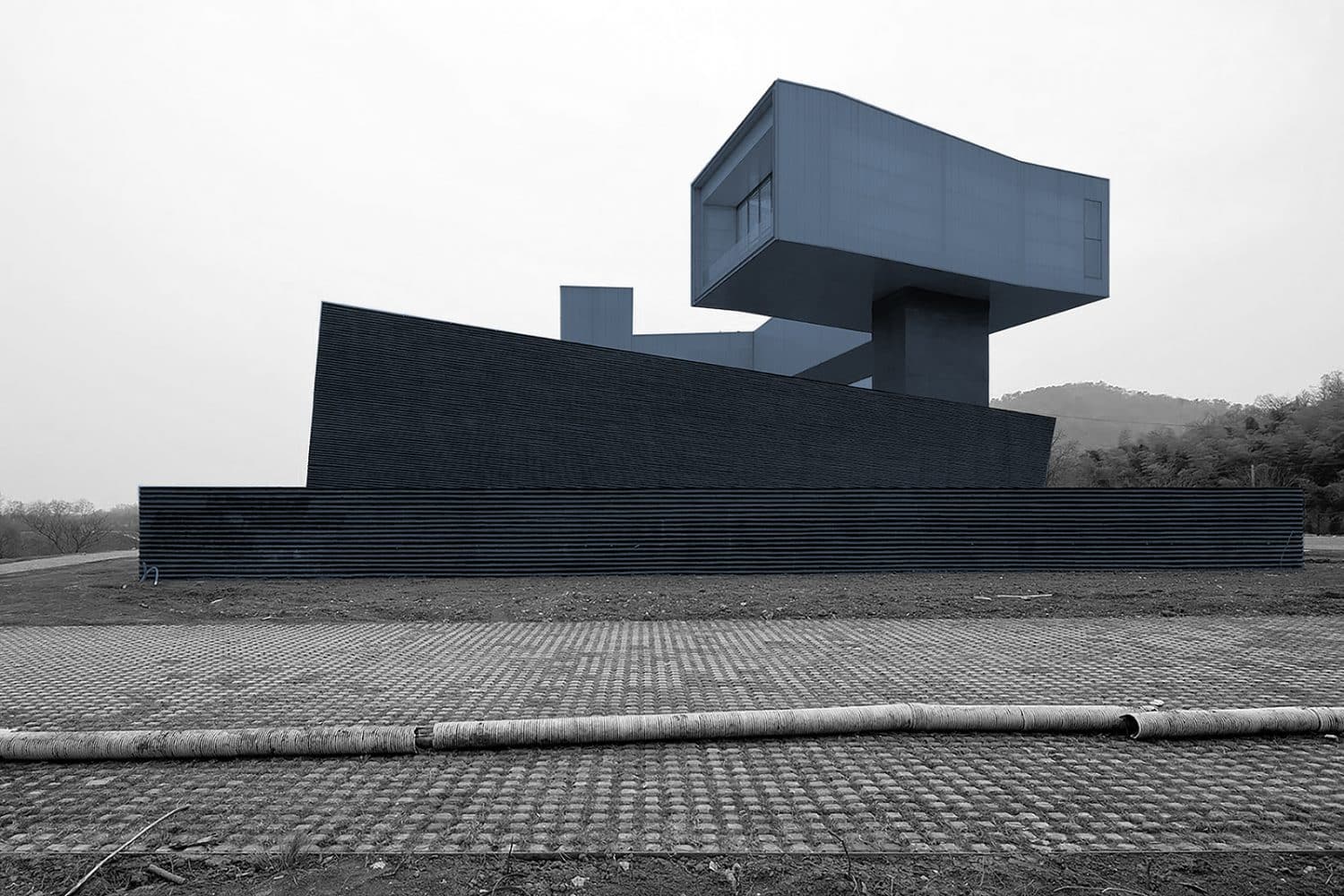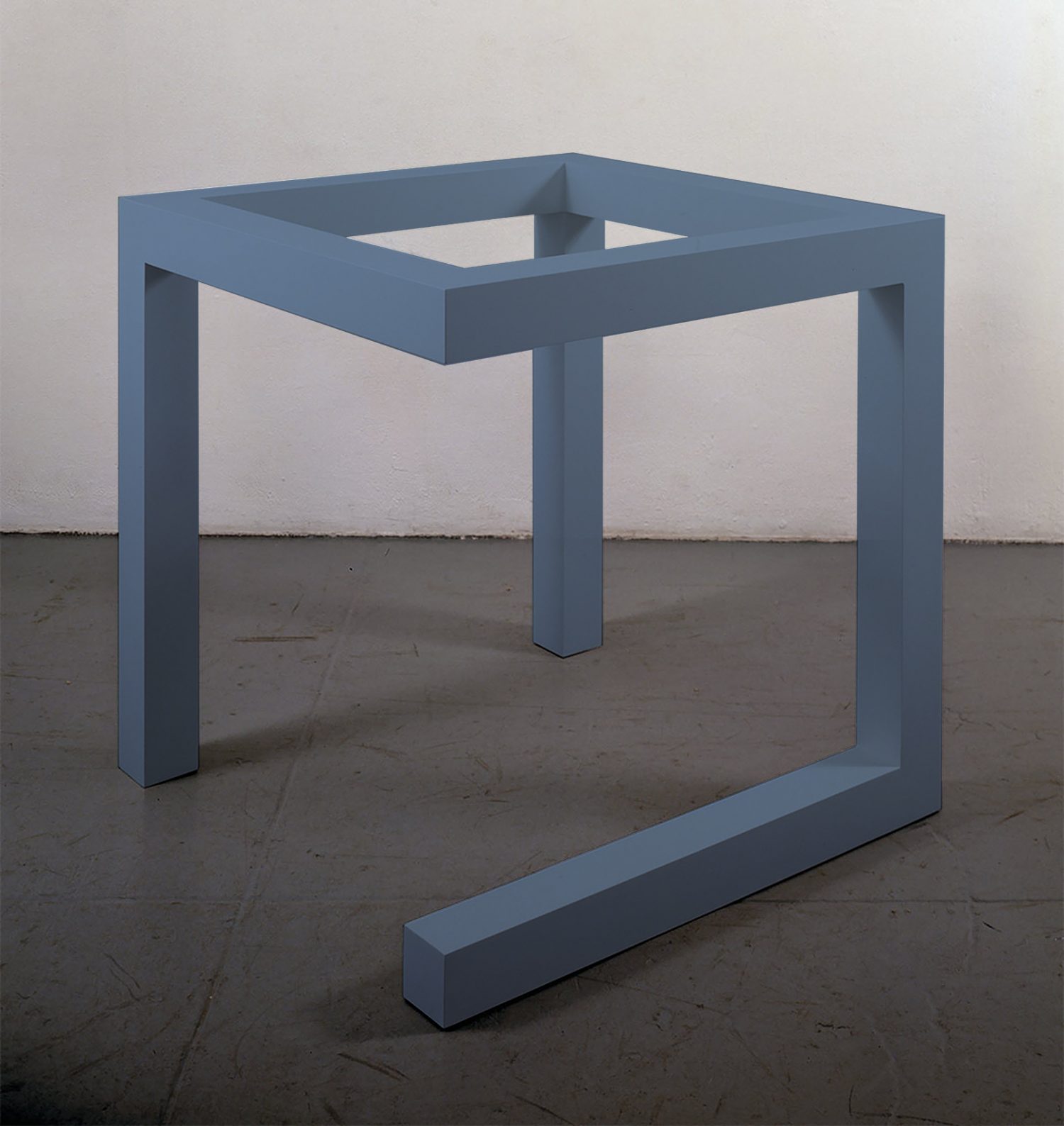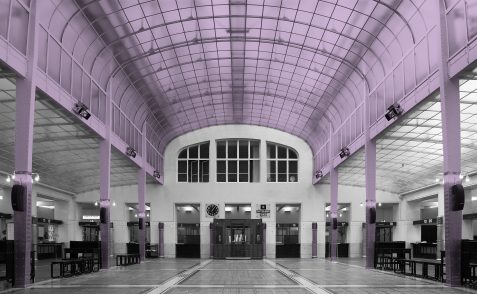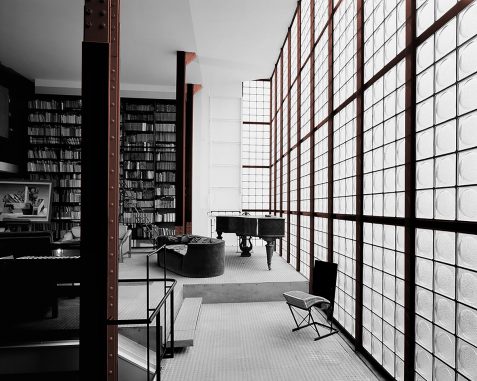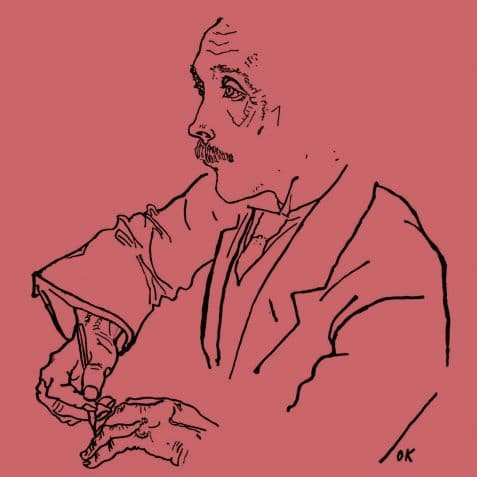INTERIOR
Steven Holl: idea and phenomenon

The American architect Steven Holl has always combined the practice of architecture with a deep theoretical reflection in which he expresses his interest in phenomenology and the nature of human experience. His approach to architecture seeks the balance between a concept that guides the design process and a perceptual approach in which phenomena such as light, texture or gravity become the protagonists of architecture.
Architecture has the power to inspire and transform our day-to-day existenceSteven Holl, Questions of perception, 1992
The combination of visually stronger elements dominating a lighter base is a constant in Steven Holl’s work. Even so, the most audacious of his proposals in this regard remained for years in the realm of unbuilt proposals. Perhaps the most significant of these were the Spatial Retaining Bars, three-dimensional skyscrapers that formed a visual border between the city of Phoenix and the surrounding desert.
If we review the genealogy of this proposal, we find direct references to El Lissitsky‘s Wolkenbügel or “cloud-irons”, but also to Sol Lewitt‘s “incomplete cubes”. Both in Holl’s proposal and in Lewitt’s variations, there is a certain ambiguity regarding the scale that leads us to think, given Holl’s interest in the tactile, the immediate and the everyday, in applying it to the scale of furniture.
The A Chair was Steven Holl’s first attempt in the field of furniture design. On three legs, with two other triangular parts forming the sides, a square seat, and a high rectangular backrest, it is unconventional but ideal for being placed in the corner of a room.
Holl has been able to materialize this same concept in later works such as the Sifang Art Museum, a translucent volume that twists and floats over a dark concrete base, or in the Vanke Center, a huge hybrid building suspended above a tropical garden.
